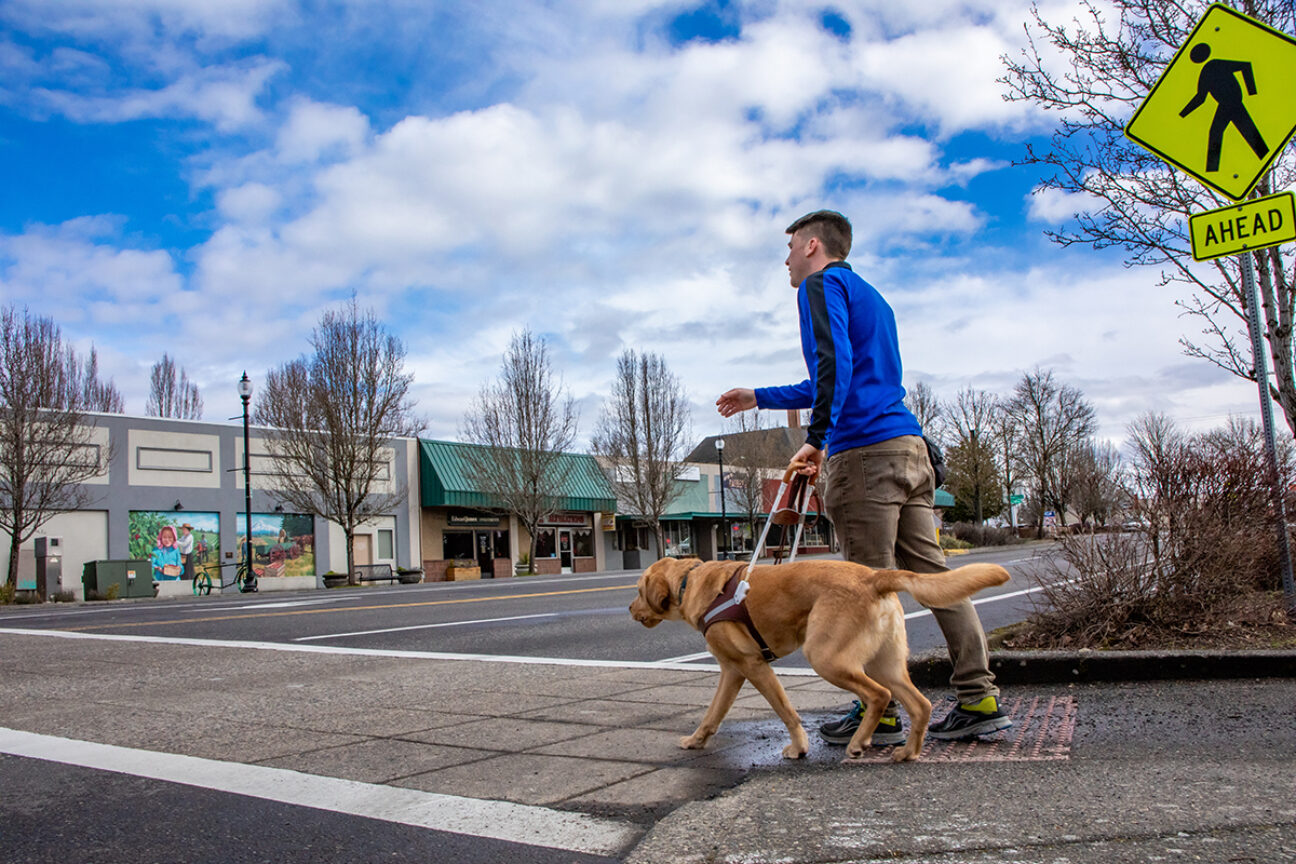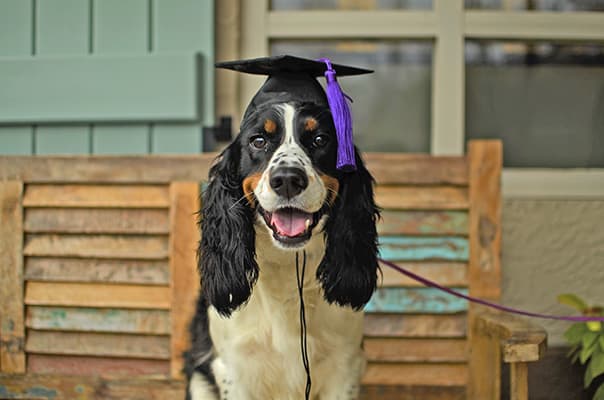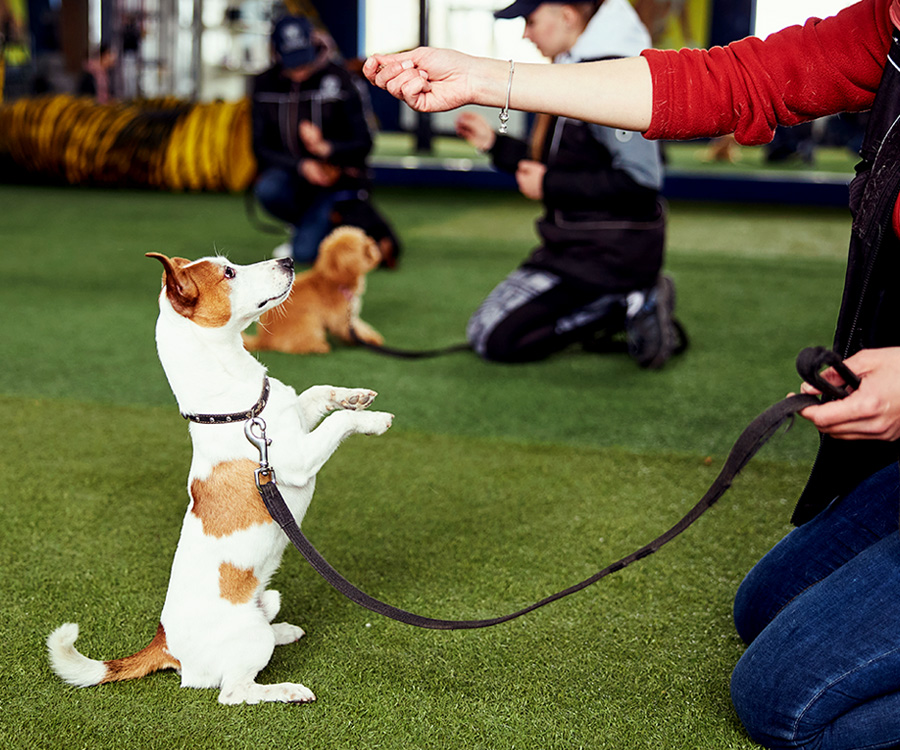Top Dog Training Methods Every Proprietor Should Know
Recognizing reliable dog training techniques is vital for any type of animal proprietor intending to grow an unified relationship with their canine friend. Amongst one of the most famous methods are favorable reinforcement, remote control training, and leash training, each offering one-of-a-kind benefits that add to a mannerly pet. The success of these methods often pivots on the proprietor's dedication to uniformity and perseverance. As we discover these basic strategies, it becomes noticeable that grasping their subtleties can significantly influence the training experience and the pet dog's total habits. What are the essential elements that will make certain these strategies are executed properly?
Positive Support Methods
Utilizing favorable support methods is vital for effective pet dog training, as it promotes a relying on bond between the pet and the trainer. This approach concentrates on rewarding preferable habits as opposed to punishing unwanted ones, producing an environment favorable to learning. Benefits can include deals with, praise, or play, which motivate pet dogs to repeat the actions that earn them these incentives.
Favorable reinforcement is rooted in the concepts of operant conditioning, where actions is influenced by its consequences. By continually satisfying specific actions, instructors can shape a canine's actions in time. As an example, a canine that sits on command and gets a reward is most likely to repeat that habits in the future.
In addition, this strategy enhances the pet's enthusiasm for training sessions. When pet dogs link training with positive experiences, they are a lot more involved and receptive. Past instant therapy, positive reinforcement urges a collaborative connection between the pet dog and trainer, reducing anxiety and worry.
To optimize performance, it is vital to supply incentives without delay, making certain the dog links the habits with the reinforcement. Essentially, favorable support strategies not just generate better-trained pets but also advertise an unified partnership in between pet and proprietor.
Remote Control Training Technique
The clicker training technique is a highly effective technique that builds on the principles of positive support by adding a distinct noise to mark preferred habits. This technique uses a small handheld device that produces a clicking noise, allowing trainers to connect with their pets in a instant and clear manner. When a canine executes a behavior that the proprietor wants to encourage, the remote control is triggered, followed by a reward, generally in the kind of deals with or appreciation.
The secret to successful remote control training exists in uniformity and timing. It is important to click at the exact minute the preferred habits occurs, ensuring that the pet associates the sound with the activity and the subsequent incentive. This technique not just enhances interaction but additionally cultivates a stronger bond in between the pet dog and the owner, as it urges engagement and communication during training sessions.
Remote control training can be applied to a range of actions and commands, from fundamental obedience to a lot more complex methods. Its versatility and efficiency make it a popular strategy among expert trainers and family pet owners alike, paving the way for a trained and responsive canine companion.

Leash Training Essentials
Efficient leash training is crucial for ensuring a secure and satisfying walking experience for both dogs and their proprietors. A flat collar might work for some visit the website dogs, while others might profit from a harness that reduces drawing.
Introduce your canine to the chain progressively, enabling them to discover it in a comfy environment. This entails gratifying your pet for walking close to you rather than drawing in advance.
If your pet dog starts to pull, stop strolling quickly. Furthermore, technique various walking atmospheres to assist your dog adapt to distractions.
Routine technique will certainly strengthen your pet dog's understanding of chain etiquette. Remember that leash training is a continuous procedure; patience and consistency will yield the most effective results, cultivating a favorable experience for both you and your canine friend.
Socializing Approaches
Socialization is an important aspect of canine training that ought to preferably begin during puppyhood however can be valuable at any kind of age. Efficient socialization helps dogs develop confidence and minimizes the probability of behavior problems. To execute effective socializing methods, subject your canine to a variety of environments, people, and other pets.

Begin with regulated settings, such as pup classes or organized playgroups, where young dogs can engage safely. Slowly present your pet to new experiences, consisting of different noises, surface areas, and tasks. Make sure these encounters are satisfying and favorable to establish a complacency.
For grown-up dogs or those lacking exposure, begin with low-stress circumstances. Short, favorable interactions with tranquil pets and friendly human beings can produce favorable organizations - Dog training. Utilize deals with and appreciation to reinforce desirable habits throughout these experiences
Monitoring your pet's body movement is necessary; indicators of fear or hostility should be my sources dealt with quickly, either by removing the dog from the circumstance or redirecting its focus. Regularly exposing your canine to diverse stimulations will cultivate adaptability, making it an all-round buddy with the ability of thriving in various settings.
Uniformity and Persistence
Acknowledging the relevance of consistency and persistence in canine training is vital for attaining lasting outcomes. Irregular training can lead to complication, making it difficult for the pet to comprehend commands or habits, ultimately preventing development.
Furthermore, patience is a vital component of reliable training. Pet dogs, like humans, find out at their own pace. Some might comprehend concepts swiftly, while others could take much longer. It is vital for proprietors to remain supportive and tranquil, reinforcing favorable habits without resorting to aggravation or penalty. This fosters a relying on relationship between the pet and owner, motivating a more passionate and prepared student.
To grow uniformity and patience, establish a routine training routine, make use of the very same commands, and make sure that all family participants apply the same training concepts - Dog training. By doing so, you develop a steady setting for discovering, enabling your pet to prosper and establish right into a well-behaved companion

Conclusion
In conclusion, efficient pet dog training methods, such as positive support, remote control training, and appropriate chain training, are necessary for fostering a healthy owner-dog partnership. In addition, carrying out socializing methods and preserving consistency and perseverance throughout the training process contributes considerably to a dog's total wellness. By integrating these approaches, pet proprietors can help with the development of well-adjusted, see here now loyal pets, ultimately boosting the lifestyle for both the pet and the owner.
Amongst the most noticeable methods are favorable reinforcement, remote control training, and leash training, each offering unique advantages that add to a well-behaved canine. As we explore these fundamental methods, it ends up being apparent that understanding their nuances can significantly affect the training experience and the dog's general actions.Using positive support strategies is necessary for effective pet dog training, as it fosters a relying on bond between the fitness instructor and the pet.In conclusion, reliable dog training methods, such as favorable support, clicker training, and correct leash training, are vital for cultivating a healthy owner-dog partnership. By incorporating these methods, canine owners can promote the growth of well-adjusted, obedient pet dogs, ultimately improving the high quality of life for both the pet and the proprietor.